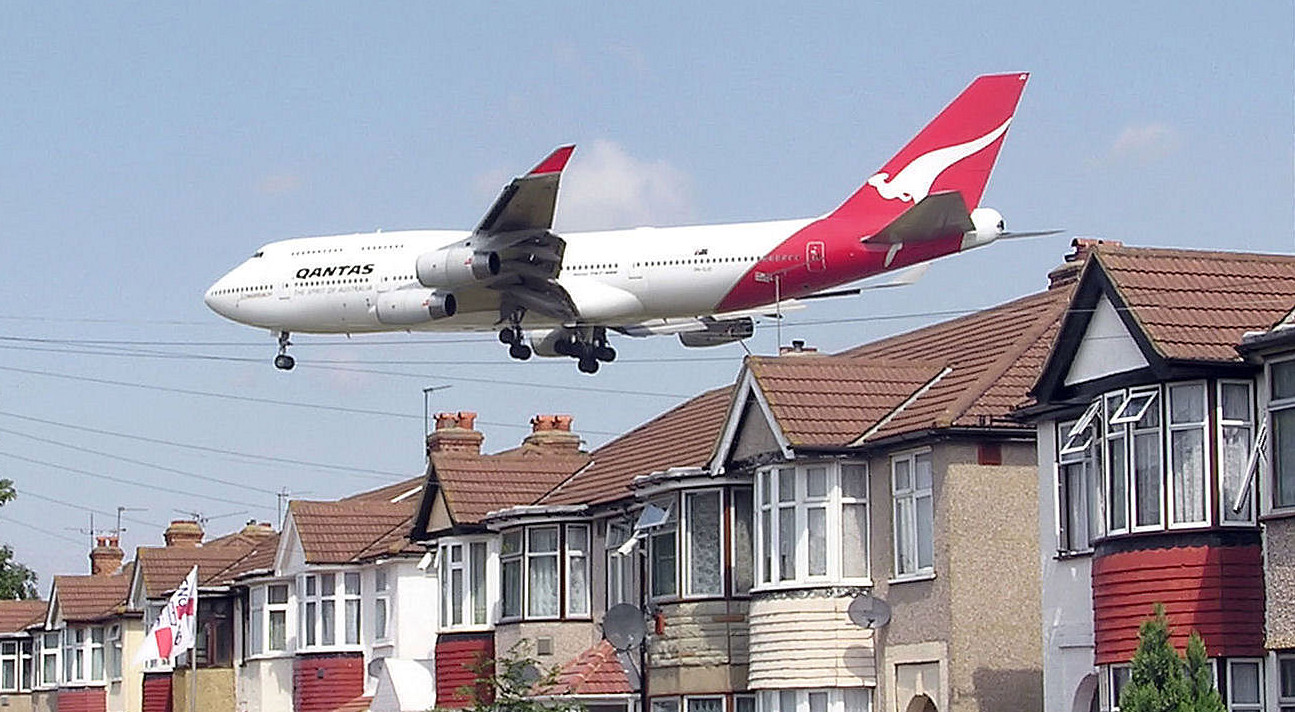Noise is, by its very definition, annoying. Intuitively, lots of noise is more annoying than noise that is barely audible. Therefore, the concept of “tolerance” is important: Given the noise situation, can we predict people’s annoyance with this noise?
To answer this question, we first need ways to quantify both annoyance and noise. Annoyance is an emotion, but that does not mean it is not measurable. Researchers have developed very specific questions and answer scales that allow for international comparison of people’s annoyance with specific types of noise.
Standard noise annoyance questions in English
Thinking about the last […12 months or so…], when you are here at home, how much does noise from […noise source…] bother, disturb, or annoy you; Extremely, Very, Moderately, Slightly or Not at all?
Next is a zero to ten opinion scale for how much […source…] noise bothers, disturbs or annoys you when you are here at home. If you are not at all annoyed choose zero, if you are extremely annoyed choose ten, if you are somewhere in between choose a number between zero and ten. Thinking about the last […12 months or so…], what number from zero to ten best shows how much you are bothered, disturbed, or annoyed by […source…] noise?
From a physics perspective, aircraft noise is just sound, and at any given moment in time, we can measure the sound pressure level generated by a plane passing over our heads. However, this sound pressure level varies continuously.
When we are interested in the annoyance from noise experienced by people living close to an airport, then their frustration during a single flyover event is not directly relevant. If we ask them for a sort of average annoyance experienced during an entire year, then it makes sense to also look at the average noise level they experienced during this year.
This is where the equivalent continuous sound level LAeqt comes in. The LAeqt is the A-weighted average sound pressure level during a specified period of time t. The A-weighting attempts to account for the differences in relative loudness perceived by the human ear for different frequencies. Within the field of aircraft noise annoyance, it is common to look at LAeq24h values. Confusingly, this is practically never the average sound level during a specific 24h period, but rather the average daily sound level experienced during a specific year or another period.
Theoretically speaking, the equivalent level is a perfectly good way to quantify the amount of noise, but it is far too simplistic to describe an entire noise situation. The noise from a particularly loud plane that wakes you up during the night is far more annoying, than the noise from several quieter planes that you did not notice because you were listening to music.
The Day Night Level (DNL) is a quantity that is almost equal to LAeqt, but it takes into account when the noise occurred, by weighting night activity heavier than noise occurring during the day. Similarly, the Day Evening Night Level (DENL) penalises both evening and night traffic as compared to day traffic. Other examples of quantities used for noise prediction are the number of events above a certain threshold, and maximum levels. None of them is by any means perfect, and it differs from study to study as to which has the greatest predictive power. There is also no known golden combination of different quantities. Both DNL and DENL are relatively popular in noise regulations and guidelines. This is not because these quantities often rank on top on specific studies, but because they almost always are ‘OK’ predictors. Still, the below figure showing the spread in data obtained from different surveys shows the extremeness of uncertainties involved.

Even if we had a perfect noise descriptor, the prediction of an individual’s annoyance with noise would be difficult. Two neighbours experiencing the same noise situation may still react differently. You would however, with a good enough situation descriptor, expect that such differences to average out over an entire community.
With the noise descriptors that we have, we do not see such a constant response from one community to the next; in some, the annoyance response is much lower than in others. This is most likely not because the people in such a community are all more tolerant to noise, but because the situation as a whole is more tolerable.
For now, the response of airport neighbours to aircraft noise remains rather unpredictable. We can only reliably determine a community’s annoyance with aircraft noise by measuring it directly.




